Lake Baskunchak: Where most of Russia’s salt is extracted
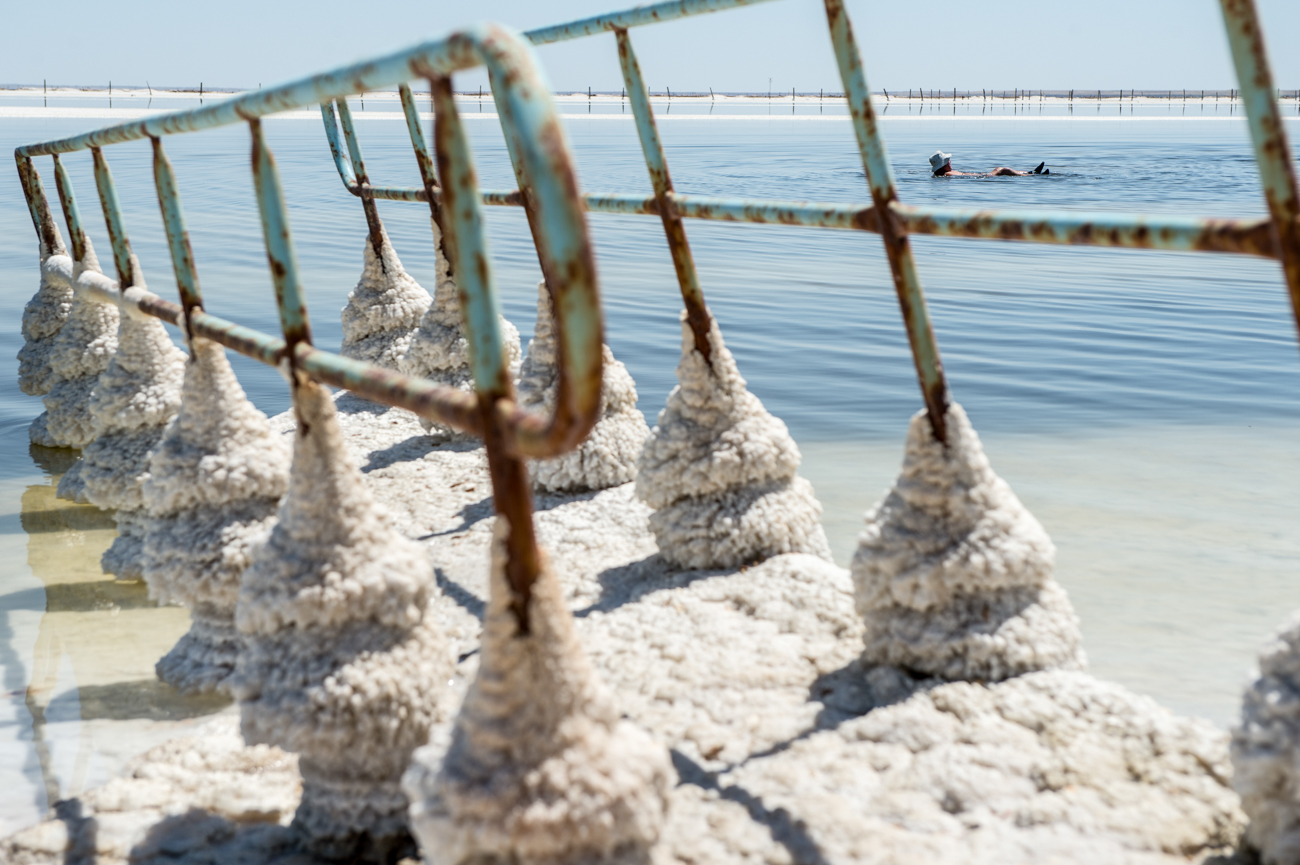
Lake Baskunchak, located in the Astrakhan Region in southern Russia, is among the most salted lakes in the world.
Alexey Nikolaev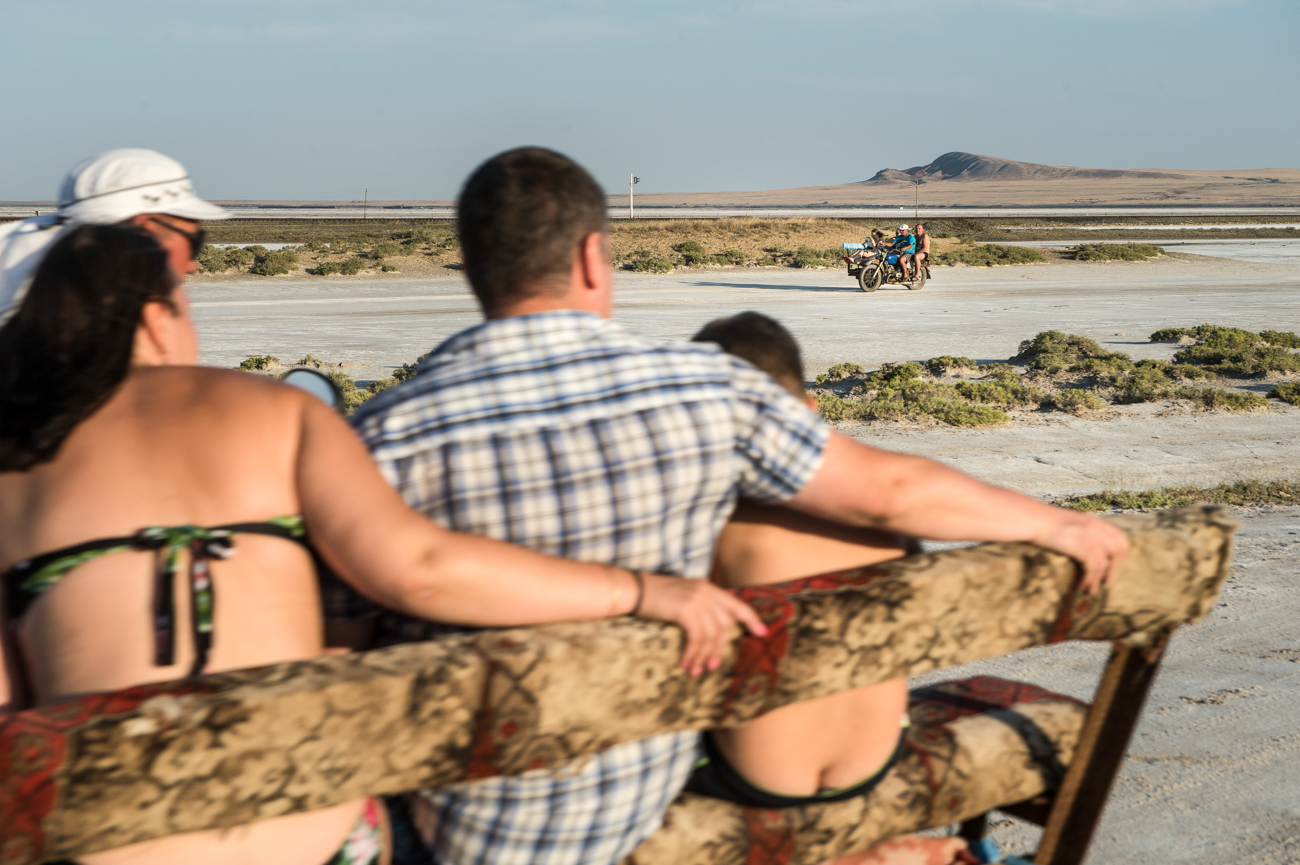
Since the 8th century, people have extracted salt here and sent it for sale via the Silk Road to both Asia and Europe. The lake was first mentioned in 7th-century documents as a place “where people break salt as clear as ice.”
Alexey Nikolaev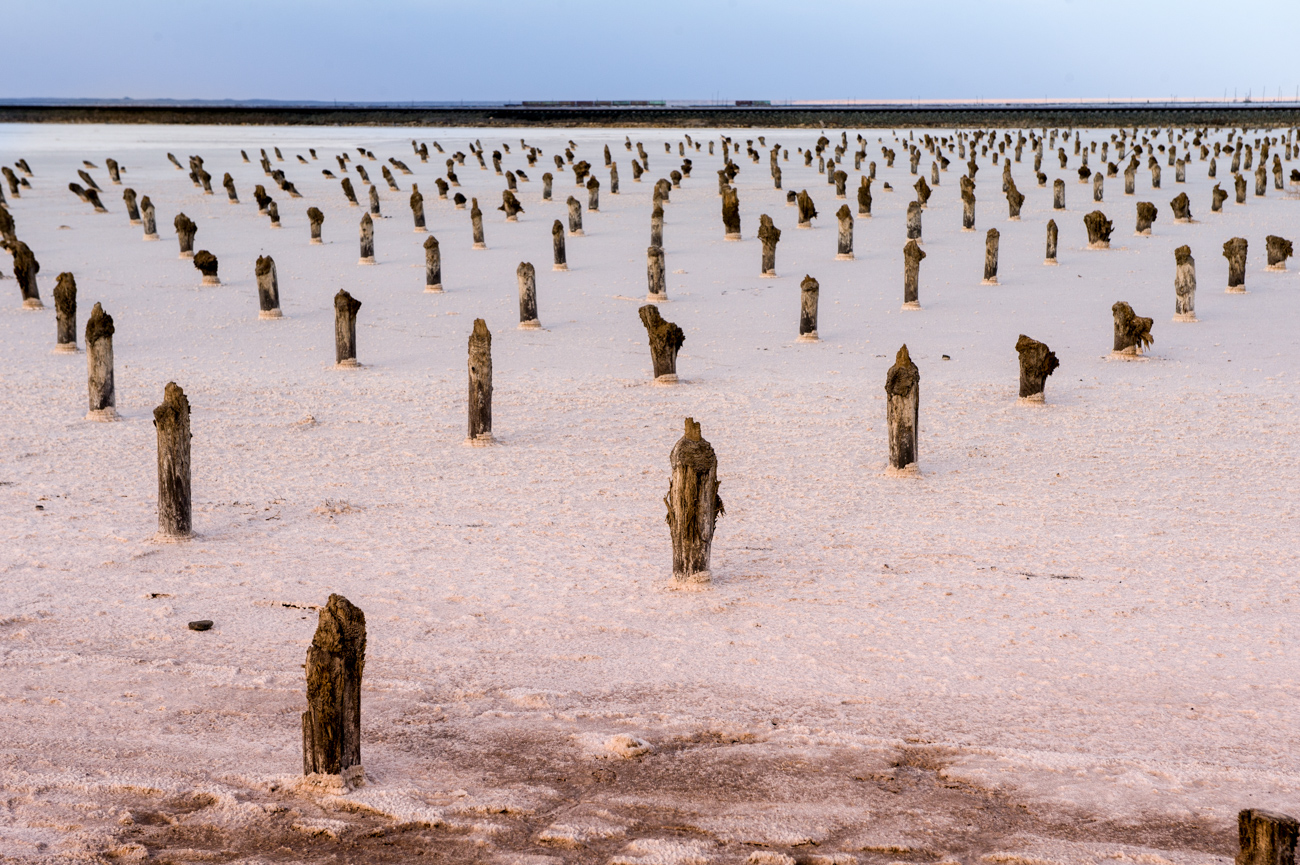
Some researchers suppose the word “Baskunchak” means “dog’s head” in various Turkic languages. The legend tells of a dog that ran across the once shallow lake.
Alexey Nikolaev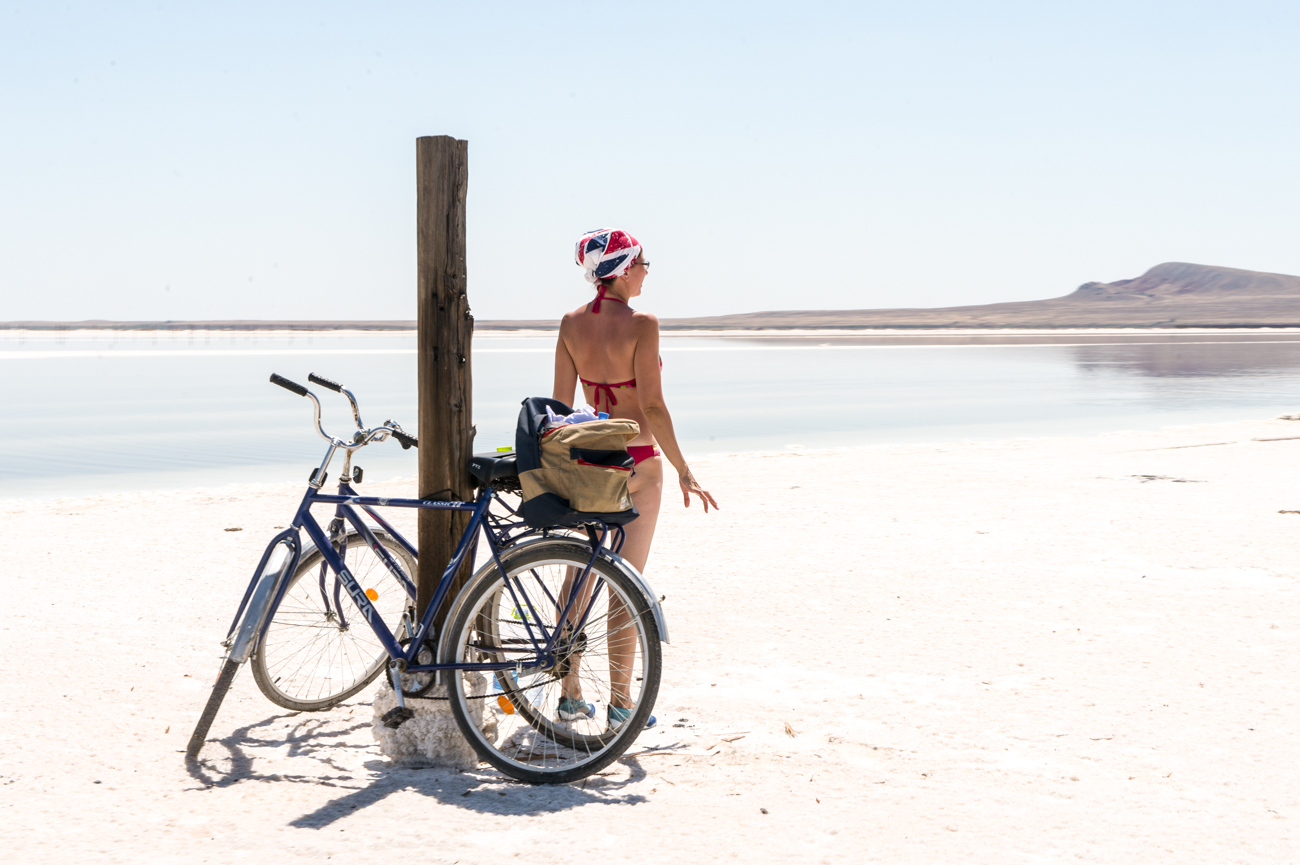
With legs hurting hard from the sharp salt bottom, it reached only the middle of the lake. Hard rains covered the dog’s corpse, and salt prevented it from decay. For a long time, during many a storm, locals observed the head of the dog appearing over the restless waves.
A woman looking at Big Bogdo Mountain. Source: Alexey Nikolaev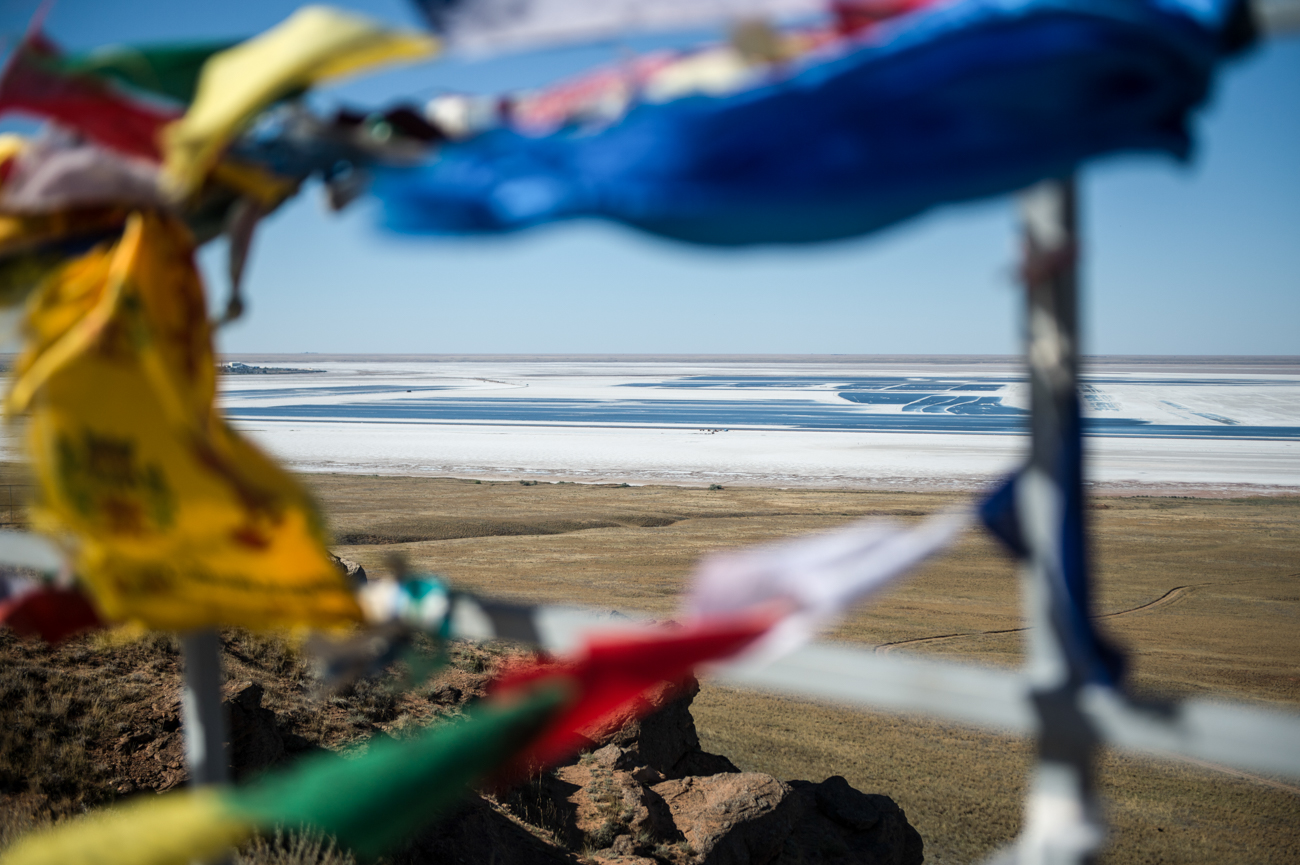
From 1960 to 1963 the lake was used for setting speed records. On a ring track 20 km long, 29 Soviet (including 19 world) speed records were set.
Alexey Nikolaev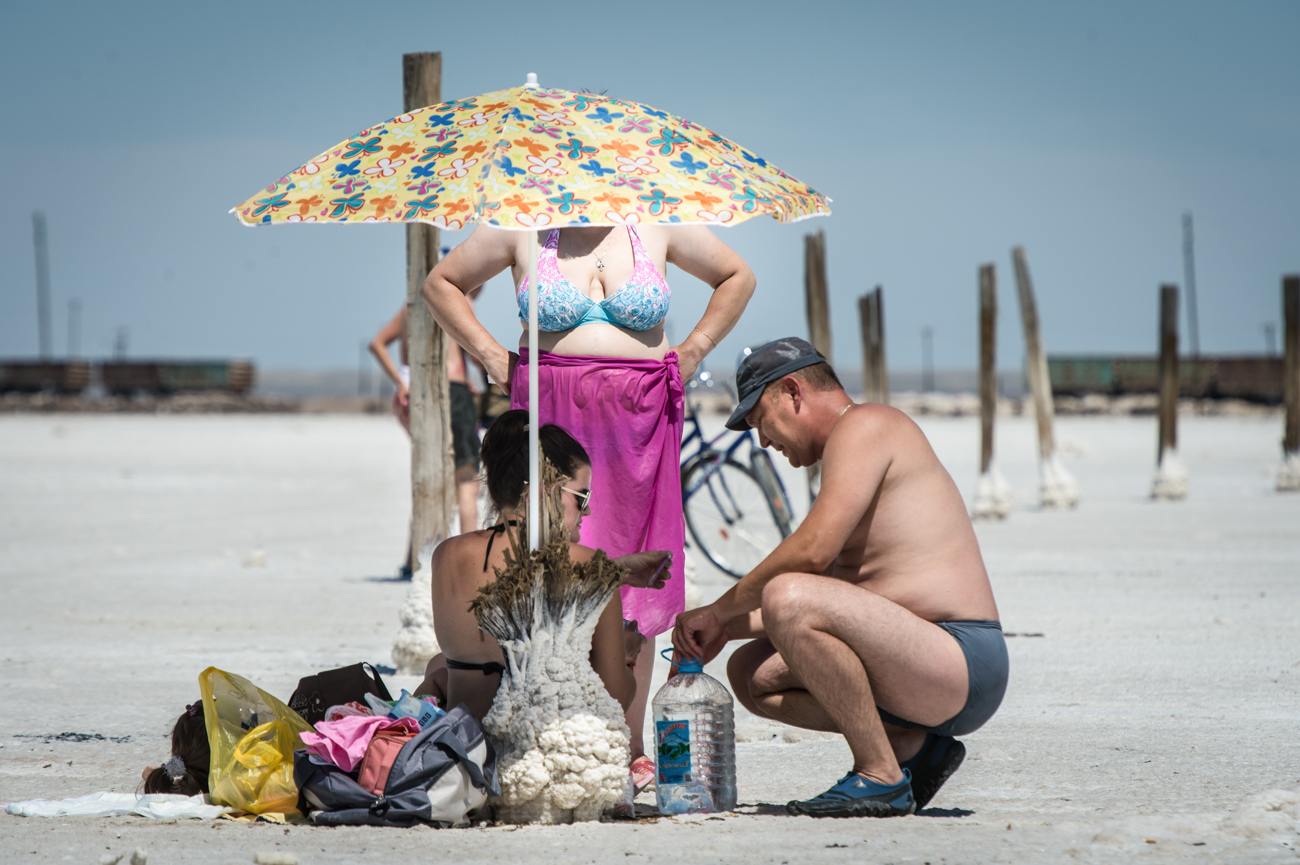
The lake is among the largest sources of salt in Russia, where 80% of all the country’s salt is extracted. To transport the salt, a railroad was built that connects Baskunchak with the Volga River.
Alexey Nikolaev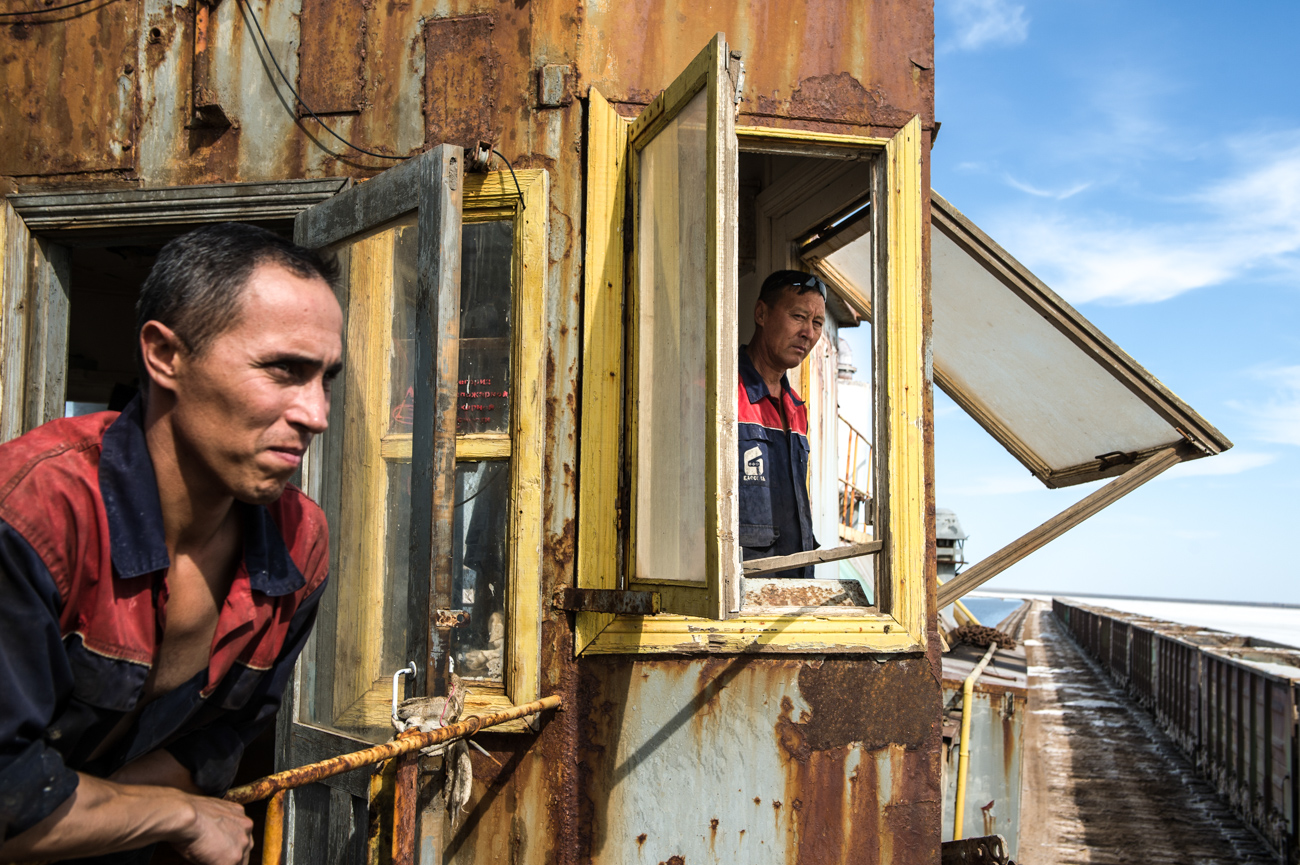
They say Baskunchak is inexhaustible. Unlike many other salt deposits, the lake is fed by numerous sources that supply it with new huge salt reserves.
Alexey Nikolaev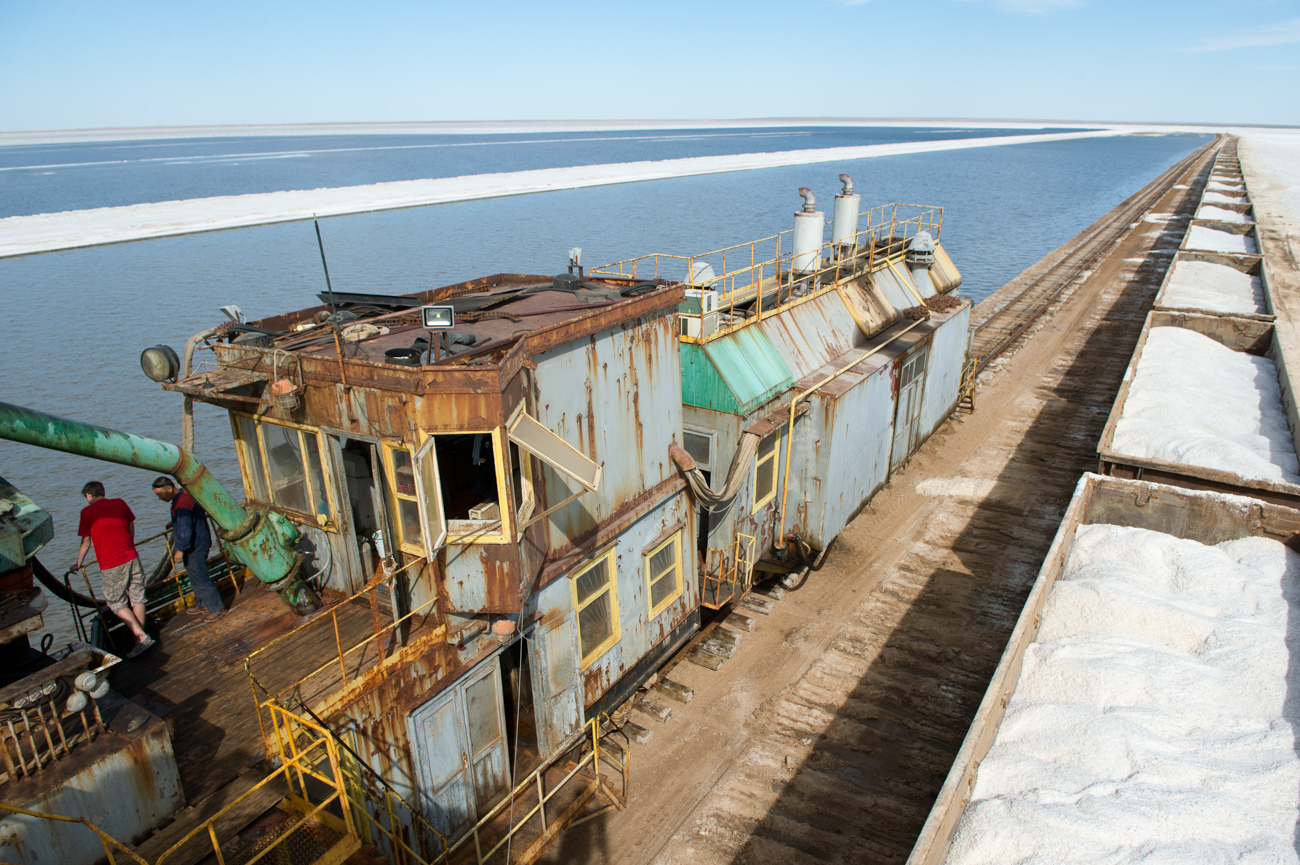
The lake’s shore is a source of healing clay. In summer-autumn many tourists came here to swim in the brine and take mud baths.
Alexey Nikolaev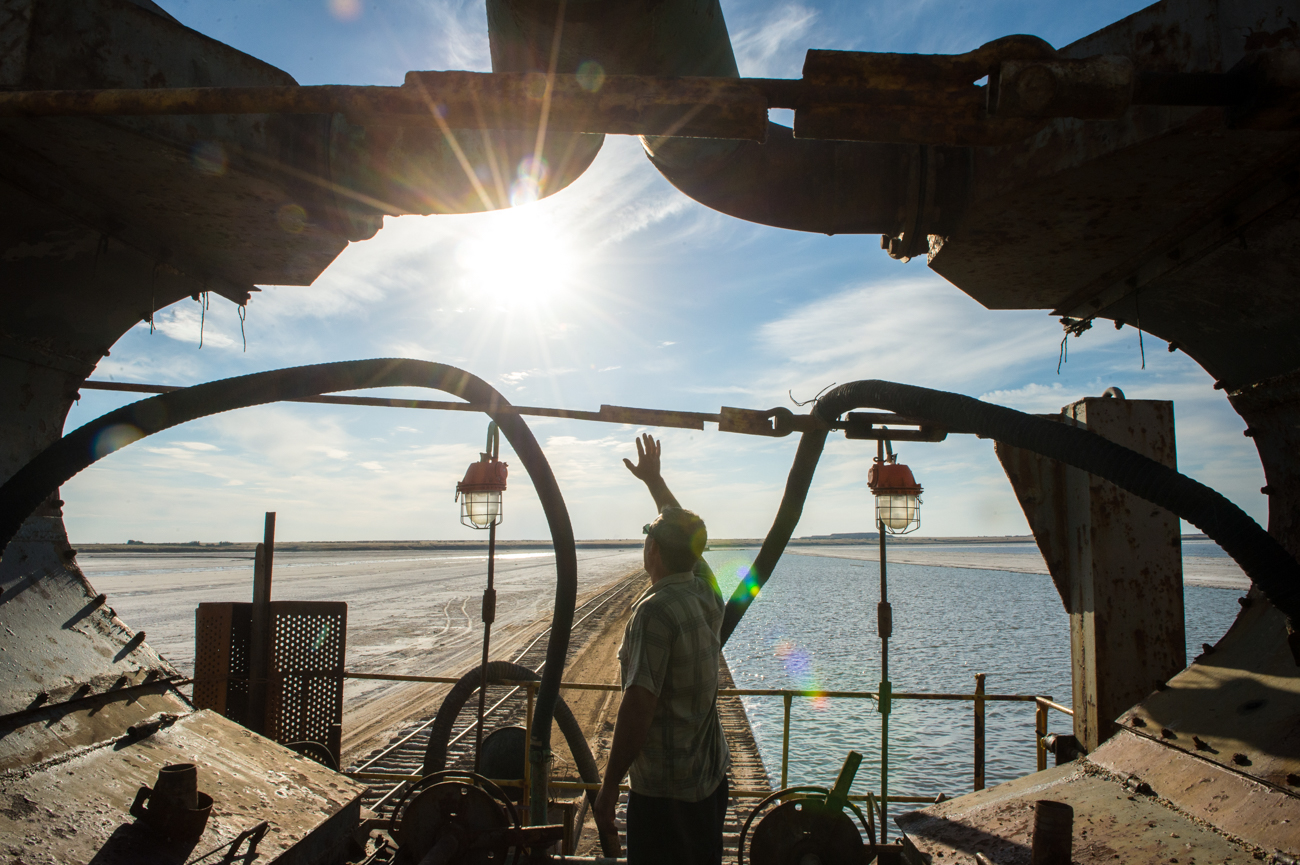
The water of the lake is so dense because of the salt that it’s impossible to drown here. However hard you try, the water will always push you up to the surface.
Alexey Nikolaev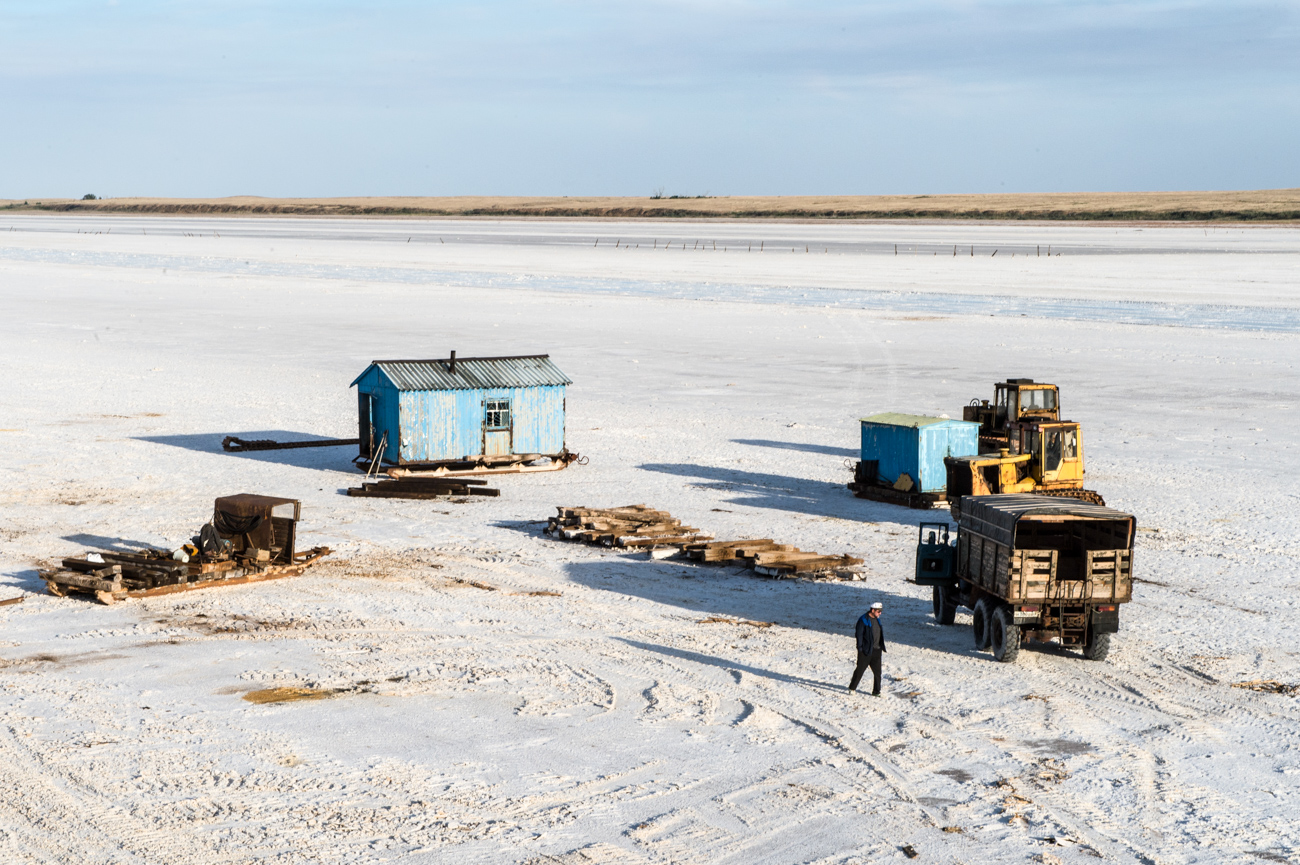
You can lie on the surface of the lake as on a sofa. Just be careful not to get the saltwater in your eyes.
Alexey Nikolaev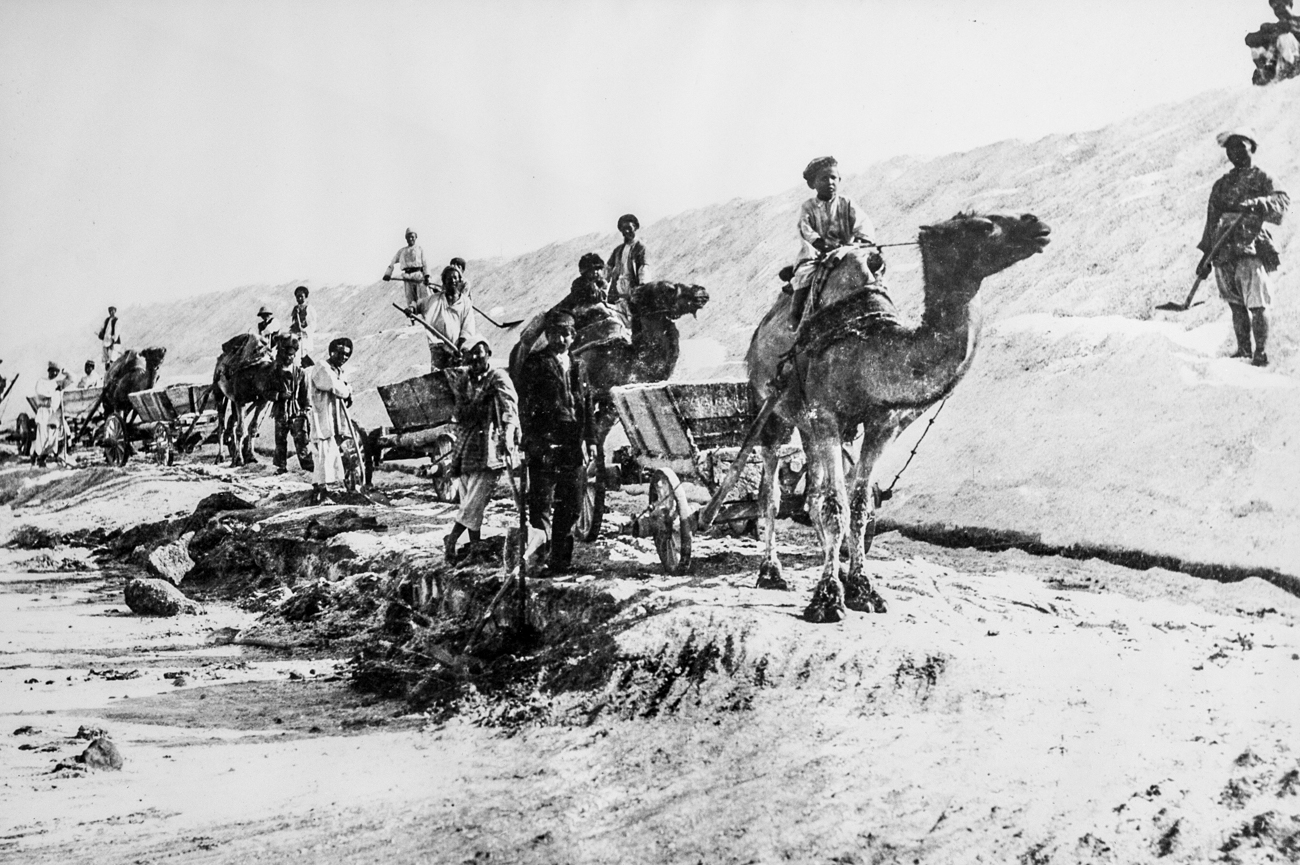
Numerous black stumps on the lake’s shore are in fact special signs marking places where salt is being crystallized. You should step carefully here. The surface is rather solid, but if you start jumping you may fall into the liquid black clay that is located under the layer of salt.
Alexey Nikolaev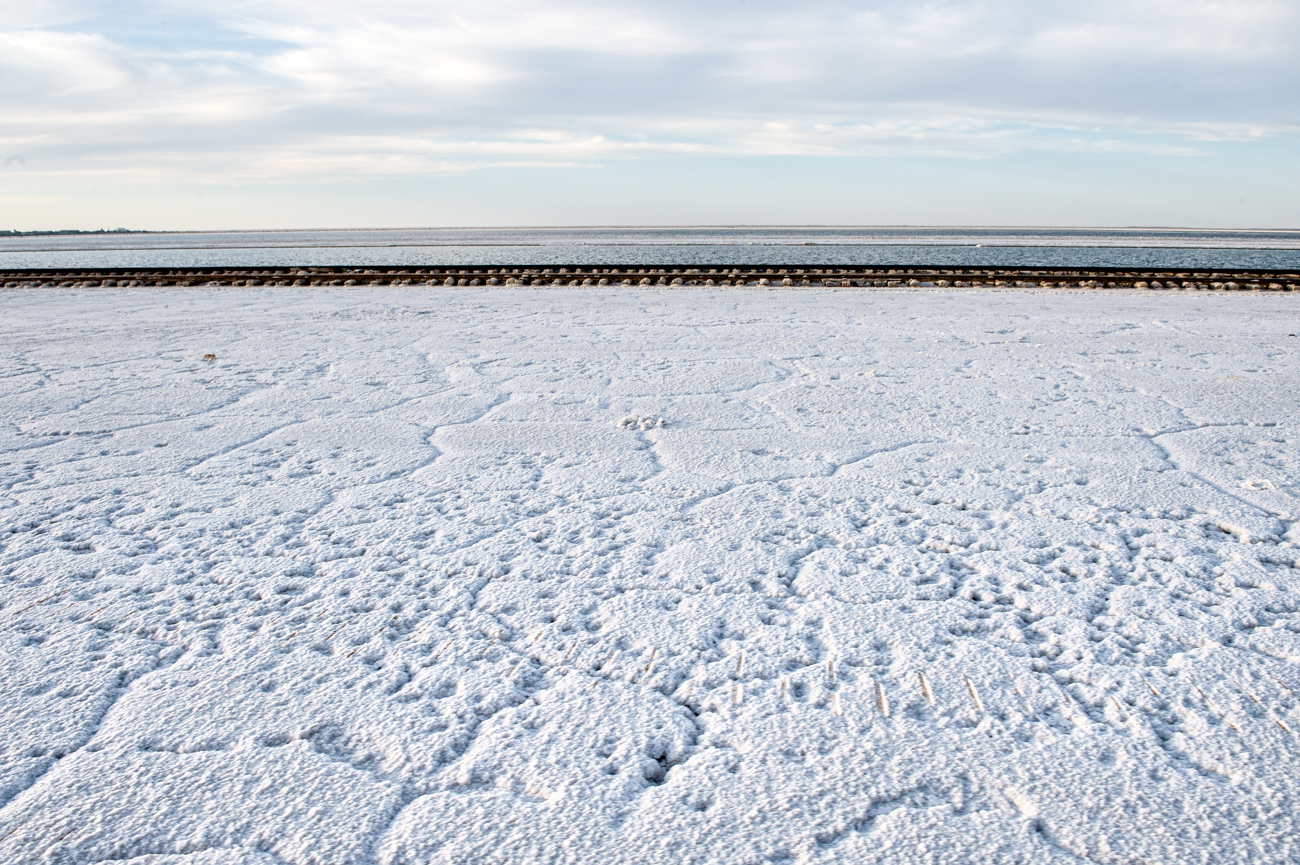
The desert around the lake and treeless area make this place less than ideal for cold lovers. There is simply no place to hide. If you go to Baskunchak prepare for strong sun, hot salty wind and no shade.
Alexey Nikolaev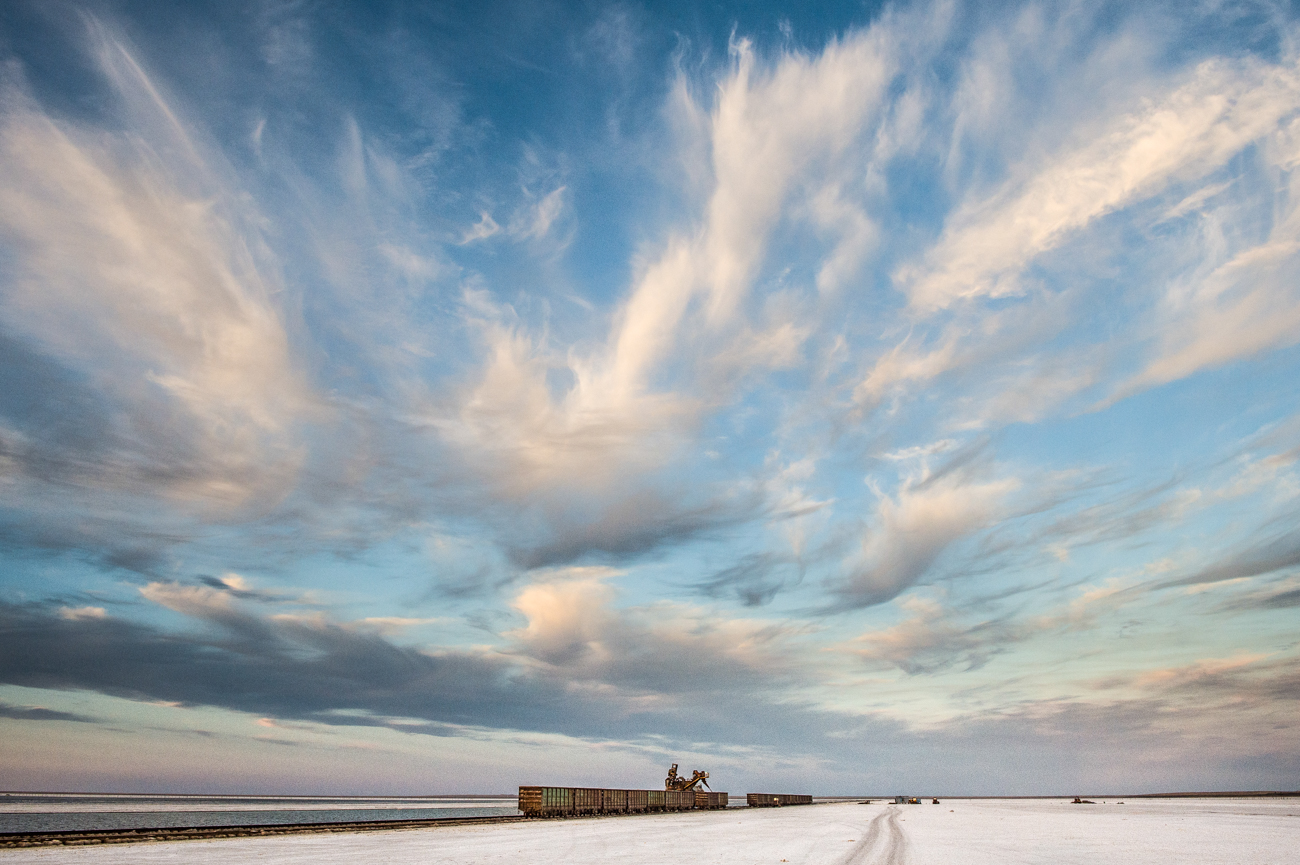
It’s important to take 3-5 liters of fresh water with you. It will certainly be tepid after 10-12 minutes under the sun, but at least this fresh water will save you from dehydration. Besides, you’ll need it to wash off the salt — although another option to take a paid shower.
Alexey Nikolaev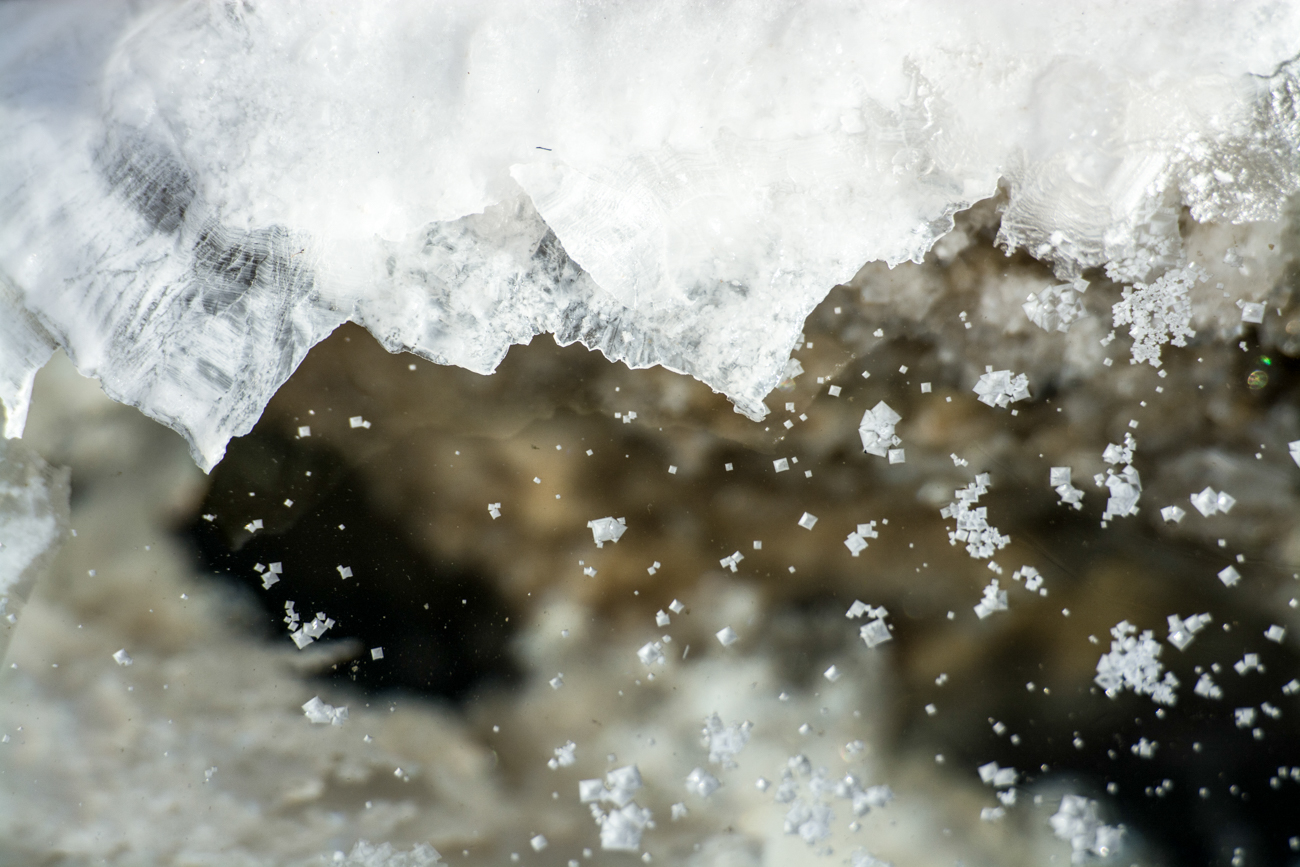
Walking on the lake’s bottom isn’t the most pleasant experience, since it’s covered with prickly salt. That’s why many prefer to swim in boots.
Alexey Nikolaev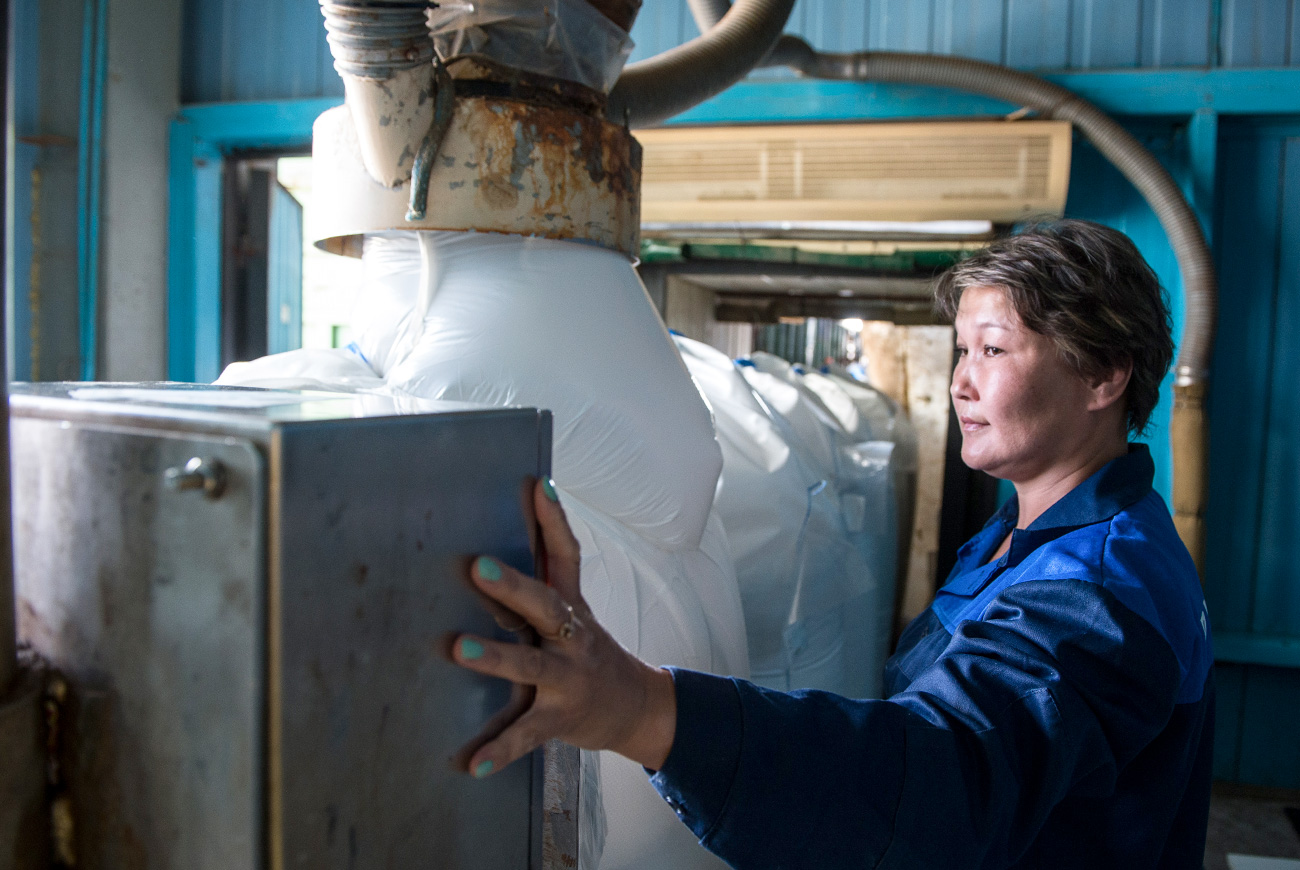
Salt is everywhere. Sometimes it feels like you’re in the middle of a snow-covered field… until the hot wind suddenly smashes this illusion!
Alexey Nikolaev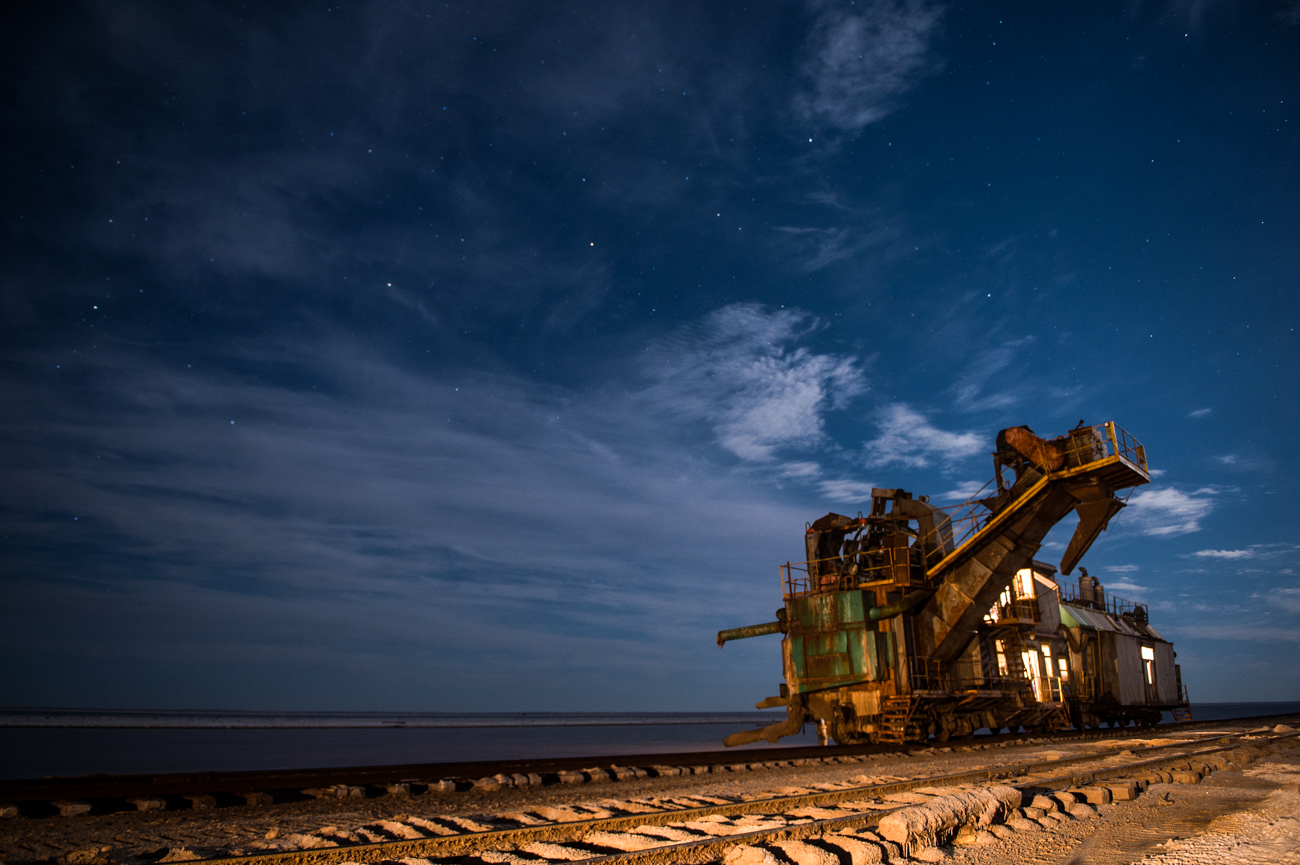
Near Lake Baskunchak lies Big Bogdo Mountain. The only mountain in the Caspian Depression, it is believed to be sacred among the locals. They say Bogdo was consecrated by the Dalai Lama himself.
Alexey NikolaevSubscribe
to our newsletter!
Get the week's best stories straight to your inbox